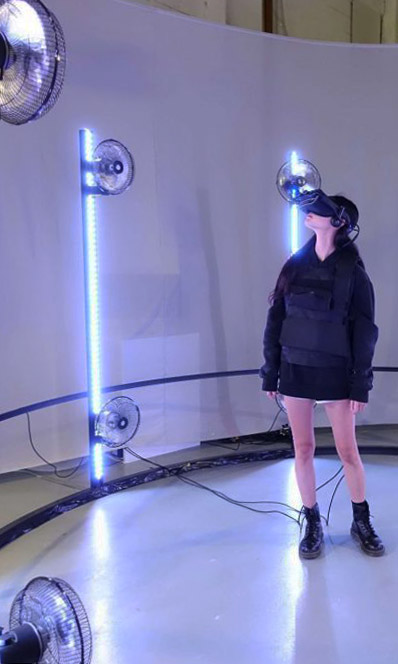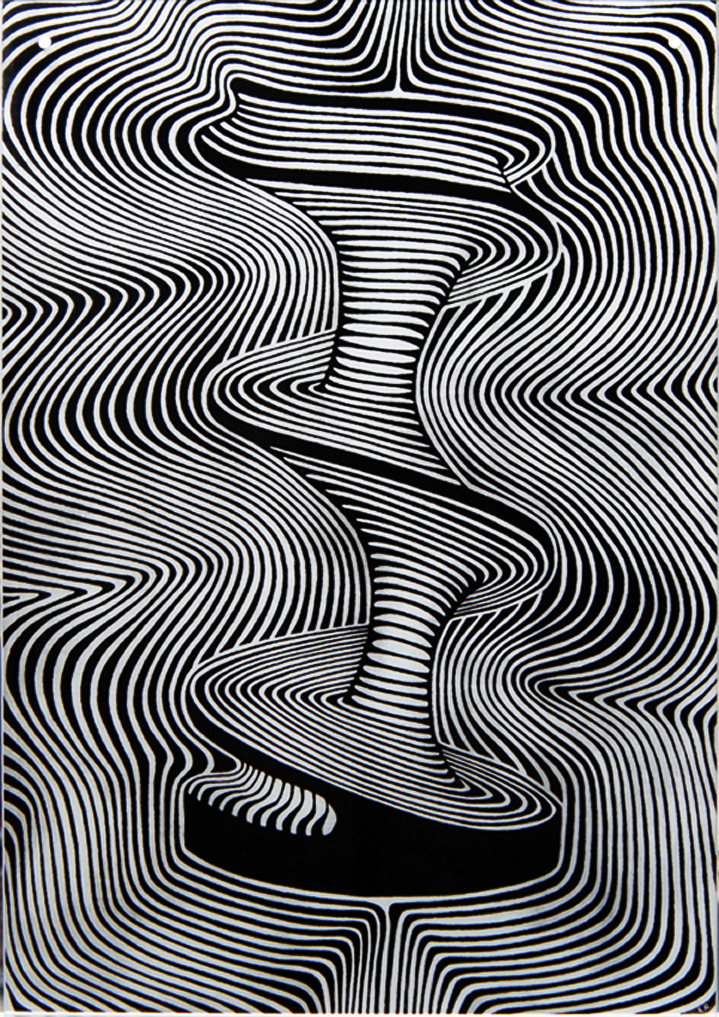The screw
Egle Rakauskaite is a leading Lithuanian artist, prominent on the world scene for her highly individual and memorable works. Born in 1967, she studied painting at Vilnius Academy of Arts and graduated in 1993. Described by critic Lolita Jablonskiene as “a unique artist, who does not follow any current trends of Lithuanian art”, Rakauskaite works in various media (video, performance, photography, making objects), free to associate and assemble them in different configurations as the project demands.In the early years of her career, she made objects out of unconventional and perishable materials such as chocolate, jasmine flowers, human hair, honey and fat. As she states, “these materials were used to protest against paint and canvas. Many critics attributed this interest in unconventional materials and also some of the images I constructed to my interest in feminist art. However, I think that at present the differences between male and female creation are not that visible any more. It is important that the art work opens itself to the consciousness and sub-consciousness of the viewer”.









